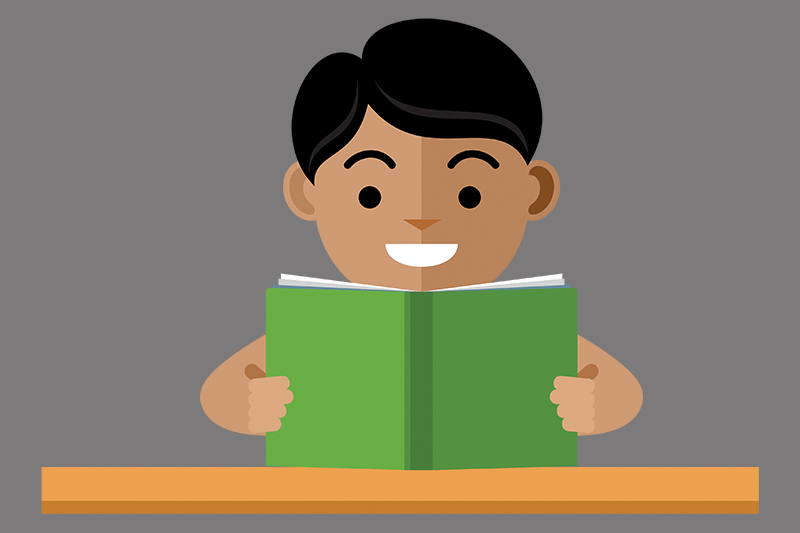How to Integrate Social Studies into Your Reading Lessons
📖 Making Literacy and History Come Alive!

Many teachers struggle to find time for social studies, especially when reading and literacy take center stage. But what if you could blend the two subjects seamlessly?
By integrating social studies concepts into your reading lessons, you create a richer learning experience that builds critical thinking, comprehension, and historical awareness—all while meeting literacy standards!
In this post, you’ll find practical strategies, book recommendations, and activities to combine social studies and reading in an engaging way.
📚 Why Integrate Social Studies with Reading?
Bringing history and geography into reading lessons helps students:
✅ Understand historical context through stories 📜
✅ Develop empathy by reading different perspectives 🧑🤝🧑
✅ Strengthen comprehension with real-world connections 🌎
✅ Build vocabulary with social studies terms 🏛
Instead of treating social studies as an extra subject, embed it into daily literacy instruction with these creative strategies!
1. 📖 Use Historical Fiction & Nonfiction Books
📜 Make history come alive through stories!
Reading books set in different historical periods or about real-life events helps students connect with the past in an engaging, memorable way.
✅ Historical Fiction Picks:
- Number the Stars (World War II)
- The Watsons Go to Birmingham (Civil Rights Movement)
- Sarah, Plain and Tall (Westward Expansion)
✅ Nonfiction Picks:
- I Am Rosa Parks (Biographies)
- What Was the Underground Railroad? (Events & Movements)
- If You Lived in Colonial Times (Daily Life in History)
🎯 Activity: Have students compare fiction vs. nonfiction accounts of the same historical event!
💡 Teacher Tip: Pair primary sources (diary entries, news articles) with books for deeper discussion.
- 🗺 Turn Maps & Timelines into Reading Tools
📍 Help students visualize where and when events happened!
Instead of just reading about history, let students see it unfold!
✅ How to Use Maps in Reading Lessons:
- Mark locations mentioned in a book on a world map.
- Have students track a character’s journey in historical fiction.
- Compare old and modern maps to show how places change over time.
✅ How to Use Timelines:
- Have students create chapter-by-chapter event timelines.
- Compare their lives today with kids from history (e.g., “A Day in the Life of a Pioneer vs. You”).
🎯 Activity: Give students cut-out historical events and have them arrange them in order to reinforce chronology!
💡 Teacher Tip: Use Google Earth to take students on a virtual tour of historic locations!
💡 Bright Idea: If you’re a member use a blank timeline from our Universal Resources page.
3. 🗣 Bring in Primary Sources for Close Reading
📜 Teach critical thinking by analyzing real historical documents!
Let students read firsthand accounts of historical events instead of just textbook summaries!
✅ Great Primary Sources for Reading Practice:
- Speeches (“I Have a Dream” by Martin Luther King Jr.)
- Letters & Diaries (Anne Frank’s Diary)
- Old Newspapers & Advertisements (WWII headlines, colonial ads)
🎯 Activity: Have students:
- Compare two perspectives on the same event.
- Write a letter or diary entry as if they were living in that time period.
- Analyze word choice & tone (e.g., How did people describe the Boston Tea Party back then?).
💡 Teacher Tip: Use Library of Congress (www.loc.gov) for free historical documents!
4. 📖 Use Biographies to Teach Character Analysis
🧑🏫 Make history personal by focusing on real people!
Students often find history boring—until they connect with real people who lived it!
✅ Great Biography Reads for Kids:
- Who Was Harriet Tubman? (Underground Railroad)
- I Am Abraham Lincoln (American Presidents)
- Malala’s Magic Pencil (Modern Global Change-Makers)
🎯 Activity: Have students:
- Create character maps (motivations, struggles, triumphs).
- Compare leaders from different time periods.
- Write a letter to a historical figure with questions they’d ask.
💡 Teacher Tip: Use role-playing and reader’s theater to act out historical moments!
5. 📜 Incorporate Social Studies Into Reading Comprehension
📖 Use social studies topics to practice reading skills!
Instead of random comprehension passages, use real history-based texts to teach reading strategies like:
✅ Cause & Effect → Why did the American Revolution happen?
✅ Main Idea & Details → What were the key events of the Civil Rights Movement?
✅ Fact vs. Opinion → How did different newspapers report on suffrage?
🎯 Activity: Use historical cartoons & propaganda posters to teach point of view & bias!
💡 Teacher Tip: Find free social studies passages on ReadWorks or Newsela!
6. 📝 Encourage Writing with Social Studies Themes
✍️ Boost literacy by connecting writing to history!
✅ Writing Prompts to Blend Social Studies & Literacy:
- “If I were a child during the Great Depression, my life would be…”
- “Describe a day in the life of a kid in Ancient Egypt.”
- “Write a letter to a historical figure explaining modern technology.”
🎯 Activity: Have students write their own historical fiction short stories using facts they’ve learned!
💡 Teacher Tip: Create a “Living History Museum” where students present their writing dressed as historical figures!
📌 Final Thoughts: Making Reading & Social Studies Work Together!
By blending history, geography, and culture into reading lessons, students will:
✅ Develop stronger comprehension & critical thinking 📖
✅ Make personal connections to history 🏛
✅ See literacy as a tool for exploring the world 🌎
We hope you enjoy these ideas. Please share them with anyone else you think might enjoy them.
💡If you’re not on our communication list yet, you can sign up below to receive your own weekly email bursting with exciting new ideas!
You’re also welcome to join our Facebook Group called “Virtual Field Trip Ideas” for more ideas.
Happy teaching,
-The VFT Team
